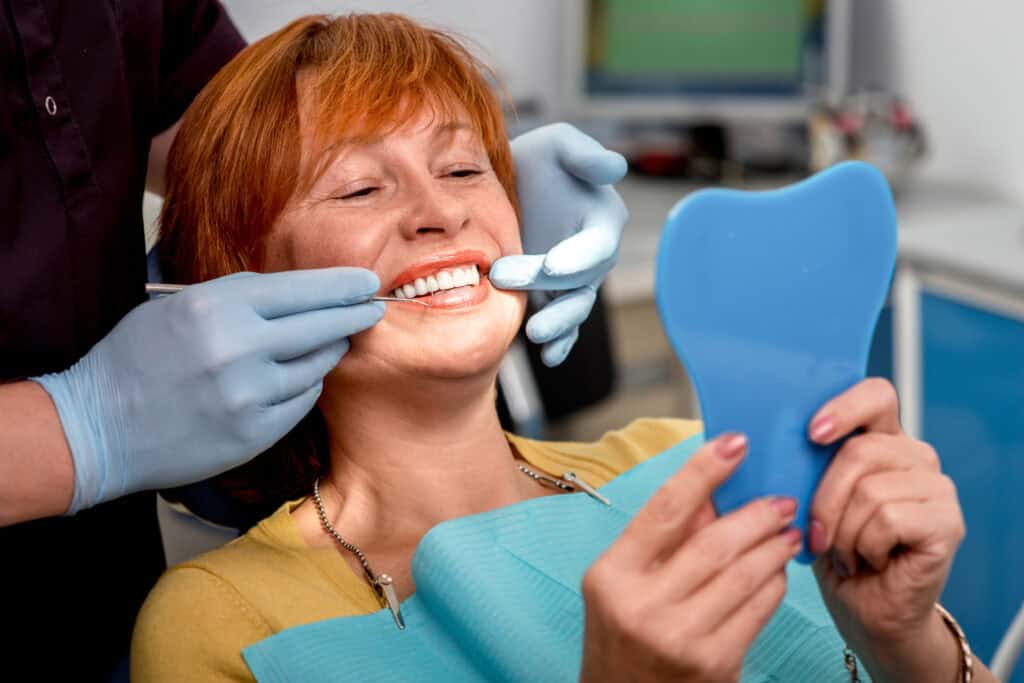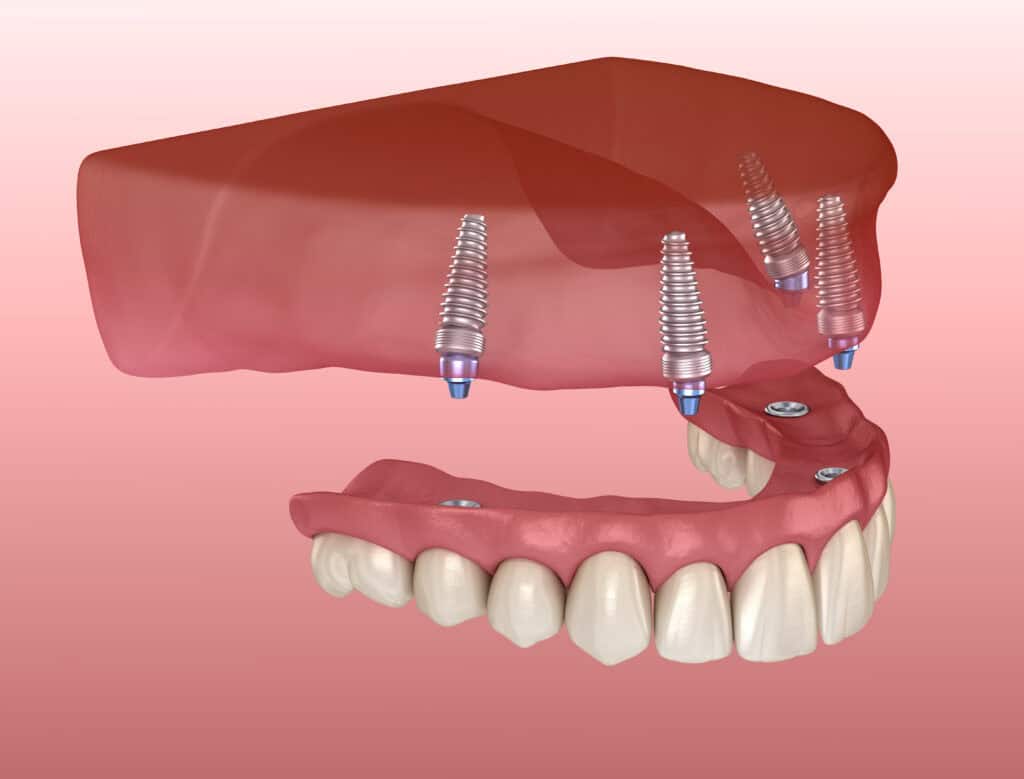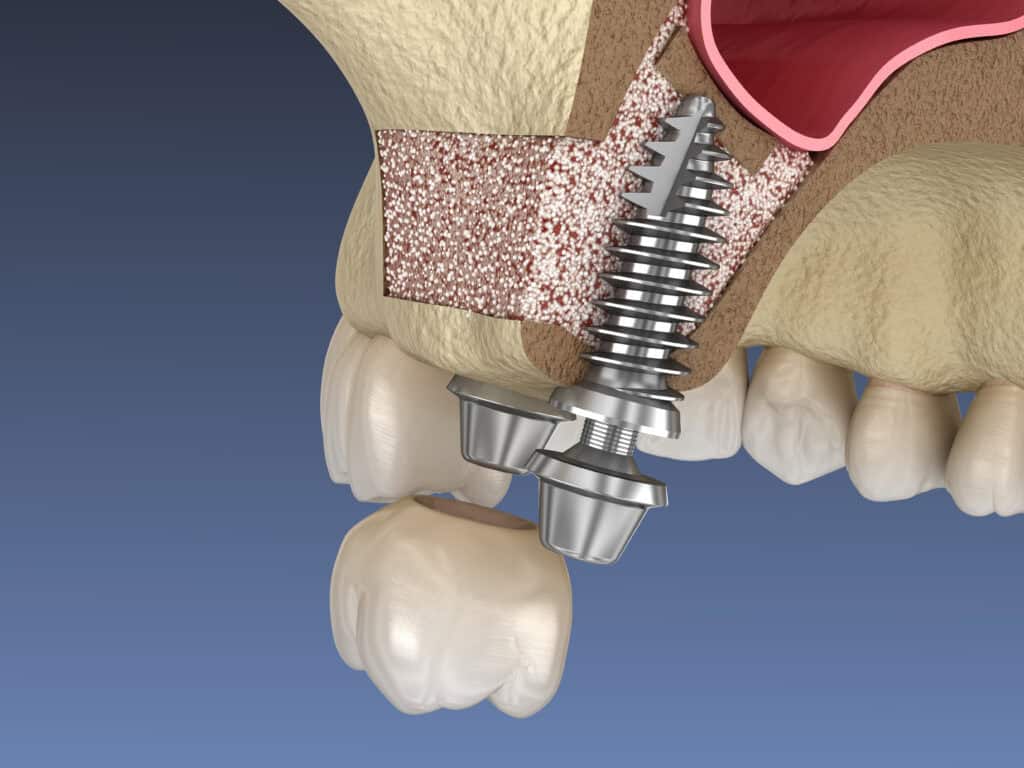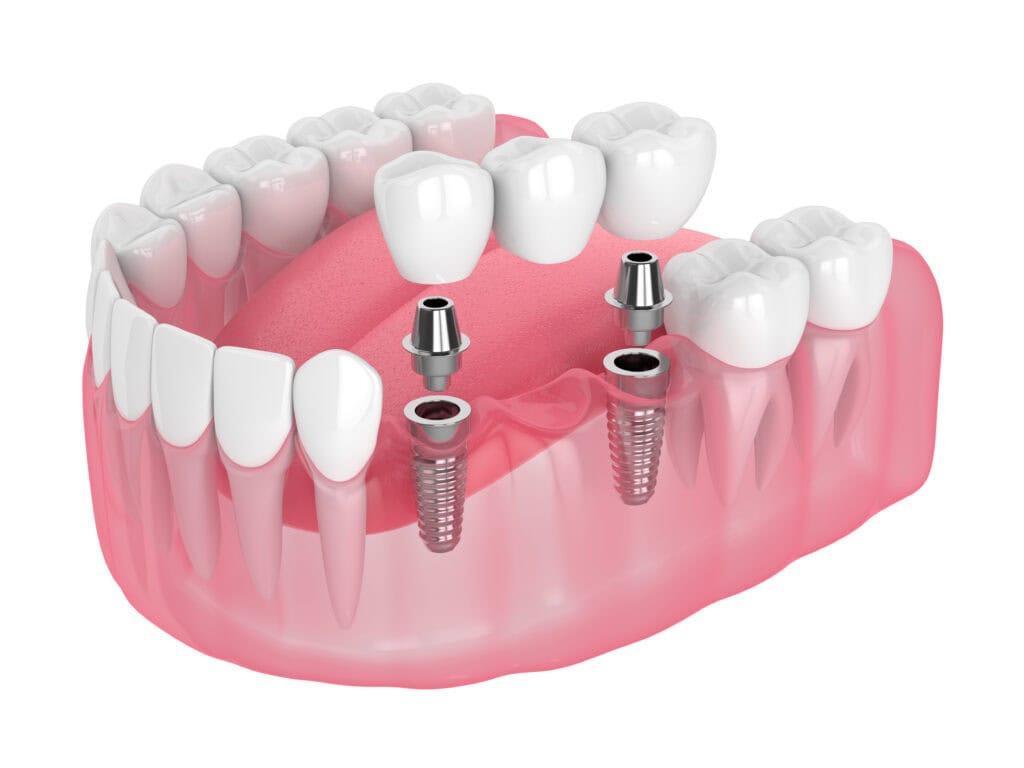Dental Implants
Dental Implants at Billings Oral Surgery & Dental Implant Center
Rediscover the confidence of a complete smile with our state-of-the-art dental implant solutions. At Billings Oral Surgery & Dental Implant Center, we specialize in providing personalized care to help you enjoy all the benefits of a full set of teeth once again.

What Are Dental Implants?
Dental implants are artificial tooth roots made from biocompatible materials like titanium. Surgically placed into the jawbone, they provide a stable foundation for fixed or removable replacement teeth that match your natural teeth.

Benefits of Dental Implants
- Natural Look and Feel: Implants mimic the appearance and function of real teeth.
- Improved Comfort: Say goodbye to the discomfort of removable dentures.
- Enhanced Oral Health: Helps preserve jawbone integrity and prevent bone loss.
- Long-Term Solution: With proper care, implants can last a lifetime.

Our Expertise at Billings Oral Surgery & Dental Implant Center
Our skilled team combines advanced technology with compassionate care to ensure the best outcomes. From initial consultation to final restoration, we’re with you every step of the way.

Why Choose Dental Implants
The Ideal Solution
Looking for a permanent replacement for missing teeth? Dental implants offer a durable and natural-looking solution.
Advantages That Set Us Apart
Experience the Difference
Discover what makes our dental implant services uniquely beneficial for you.
Personalized Treatment
We tailor every procedure to your specific needs for optimal results.
State-of-the-Art Technology
Utilizing the latest in dental technology for precise implant placement.
Compassionate Care
Our friendly staff ensures a comfortable and stress-free experience.
The Dental Implant Process
Your Path to a New Smile
Step 1: Comprehensive Consultation
We begin with a thorough examination and discuss your dental history to determine if implants are right for you.
Step 2: Customized Treatment Plan
A personalized plan is created to address your unique needs and desired outcomes.
Step 3: Surgical Placement
Under local anesthesia, the implant is surgically placed into the jawbone by our experienced surgeons.
Step 4: Healing and Osseointegration
Over the next few months, the implant fuses with your jawbone, ensuring stability.
Step 5: Abutment and Crown Placement
A custom-made crown is attached to the implant, completing your new, natural-looking tooth.

Am I a suitable candidate for dental implants?
If you’re in good overall health with sufficient jawbone density, you’re likely a good candidate. We’ll assess your condition during the consultation.
How long does the implant process take?
The entire process can take several months, allowing time for the implant to integrate with the bone.
Will insurance cover dental implants?
Coverage varies by provider. Our team can assist you in understanding your insurance benefits and financing options.
Teeth in a Day
Experience the life-changing benefits of Teeth in a Day. Our team at Billings Oral Surgery & Dental Implant Center is here to guide you through this innovative procedure, providing you with a beautiful, functional smile without the wait.
Snap-On Dentures
Discover how Snap-On Dentures can transform your smile and improve your quality of life. Our team is here to support you every step of the way.
Sinus Lift
Take the next step toward restoring your smile with confidence. Our experts are here to guide you through the process.
Single-Tooth Dental Implants
Don't let a missing tooth hold you back. Discover how our single-tooth implant solutions can improve your life.
Implant Supported Dental Bridge
Discover how an implant supported dental bridge can improve your life. Our team is here to guide you every step of the way.
Bone Grafting at Billings Oral Surgery & Dental Implant Center
Reinforce your jawbone and pave the way for successful dental treatments with our expert care.
Issues that Dental Implants could help with
Explore the various concerns that can be addressed with Dental Implants. From improving functionality to enhancing aesthetics, this service plays a key role in tackling a range of oral health and appearance challenges.
Learn about the causes and effects of missing teeth and discover how addressing this issue can improve your health, function, and confidence.
Discover the causes and effects of severe tooth damage, and explore solutions that can restore both the function and appearance of your teeth.
Discover common aesthetic concerns in dental restorations and explore ways to enhance your smile's appearance and balance.
Learn about the common issues with dentures that don’t fit well and explore solutions to regain comfort, stability, and confidence in your smile.
Ready to Strengthen Your Smile?
Request an appointment today to start your journey to enhanced oral health!
